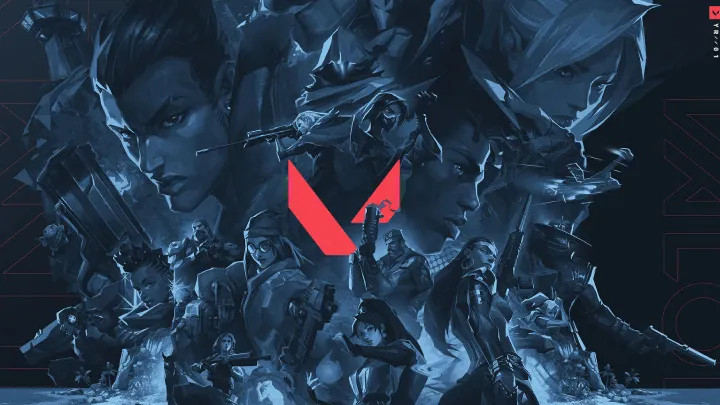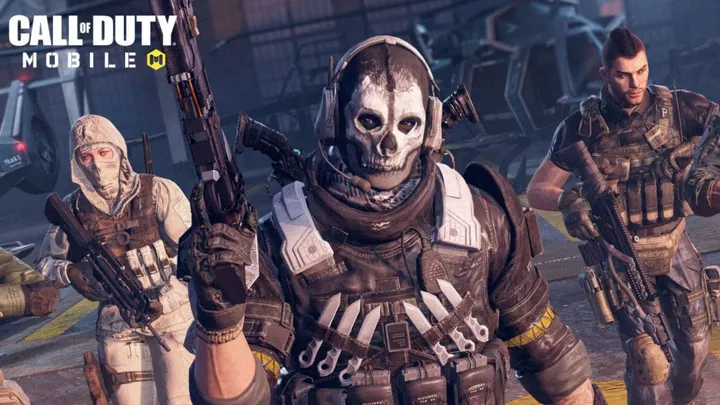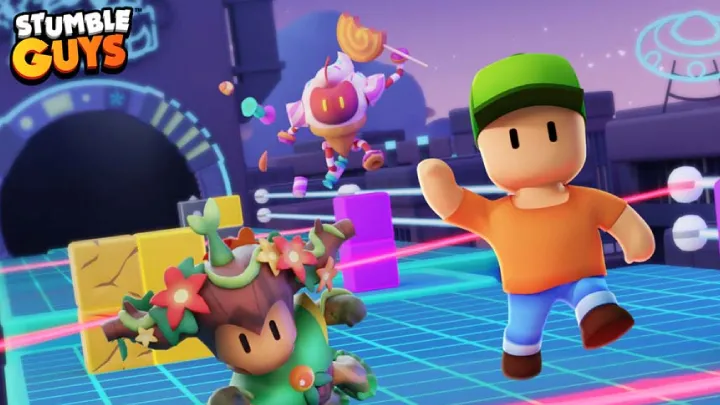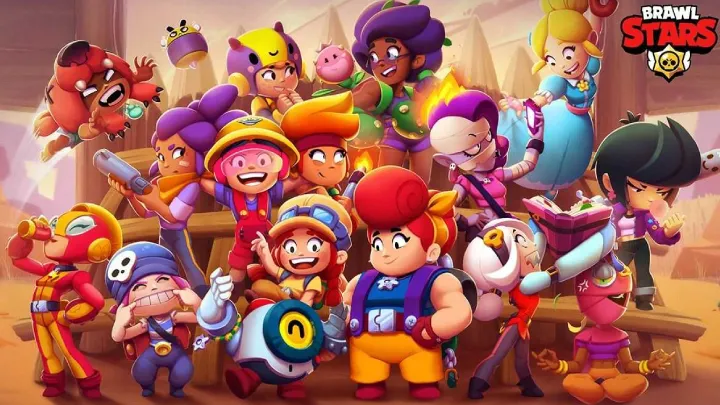Introduction
Valorant, developed by Riot Games, has rapidly grown into one of the most competitive tactical shooters worldwide. Combining elements of precise gunplay with unique agent abilities, the game challenges players to think strategically while maintaining mechanical skill. This guide dives deep into every core aspect of Valorant, structured for players seeking to improve and optimized for SEO.

1. Understanding Valorant’s Core Gameplay
Valorant is a 5v5 tactical FPS where attackers attempt to plant a Spike while defenders stop them. Winning requires mastering gunplay, teamwork, and agent synergy.
Key Features
- Precise shooting mechanics
- Strategic agent abilities
- Objective-based rounds
2. Choosing the Right Agent
Valorant agents are divided into four roles: Duelists, Controllers, Initiators, and Sentinels. Picking the right agent can make or break a match.
Example Roles
- Duelists (Jett, Phoenix) → Aggressive fragging
- Controllers (Brimstone, Omen) → Area control
- Sentinels (Sage, Killjoy) → Defense & support
- Initiators (Sova, Skye) → Intel & entry support
3. Map Knowledge and Strategies
Each map requires a unique approach. Understanding chokepoints, bomb sites, and rotations is essential.
Popular Maps
- Ascent → Balanced mid-control map
- Haven → Only map with three sites
- Icebox → Vertical gameplay emphasis
4. Weapons and Economy Management
Valorant’s buy phase economy is crucial. Managing money ensures your team stays competitive.
Weapon Tiers
- Pistols: Classic, Sheriff
- Rifles: Vandal, Phantom
- Snipers: Operator
- SMGs: Spectre, Stinger
5. Shooting Mechanics and Accuracy
Unlike other shooters, Valorant emphasizes first-shot accuracy. Controlling recoil and mastering crosshair placement separates good players from great ones.
6. Team Communication and Callouts
Strong communication is vital. Using map-specific callouts helps coordinate team plays.
Best Practices
- Use short, precise callouts
- Share enemy positions immediately
- Coordinate ult economy with teammates

7. Ranked System and Progression
Valorant features a competitive ranked mode ranging from Iron to Radiant. Climbing requires consistency and adaptability.
8. Professional Play and Esports Scene
Valorant’s esports ecosystem has exploded with VCT (Valorant Champions Tour). Watching professional matches provides valuable strategies for improving.
9. Tips for Beginners
- Always play with headphones → footsteps matter
- Don’t overuse abilities → save them for impact plays
- Aim training daily improves consistency
10. Advanced Strategies for Competitive Play
For higher ranks, mastering utility usage, crosshair placement, and team coordination is non-negotiable. Advanced players track enemy ultimates and manipulate rotations.
Conclusion
Valorant isn’t just about sharp aim—it’s about strategy, communication, and adaptability. Whether you’re just starting or aiming for Radiant, this guide provides the foundation to improve steadily.

















